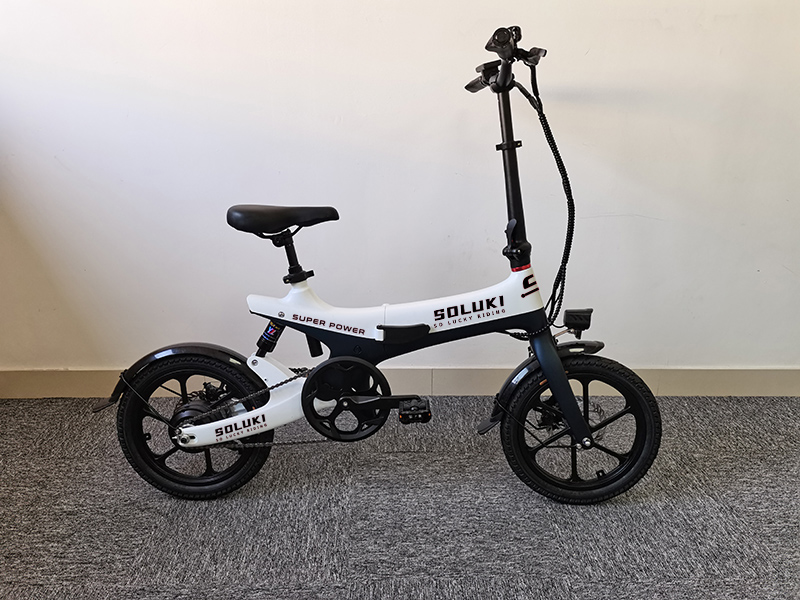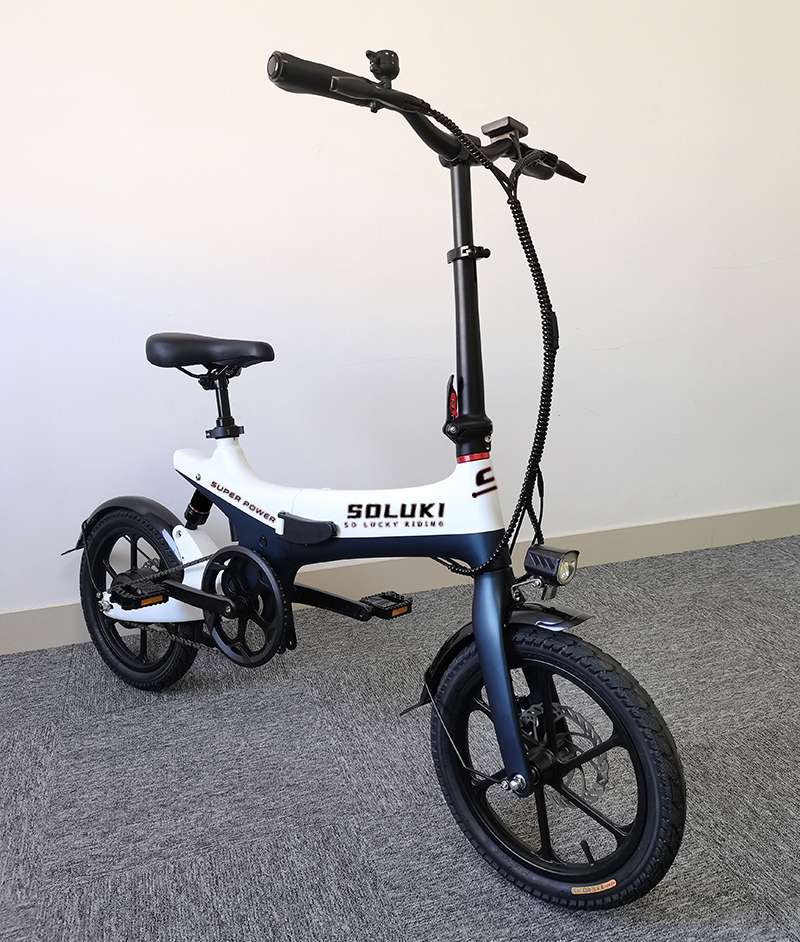As the world grapples with the severe challenges posed by global climate change, the automotive industry is gradually shifting towards more eco-friendly manufacturing materials and technologies. Within this transformation, magnesium alloy electric vehicles have emerged as a new choice for reducing energy consumption and carbon footprint.

Reducing Energy Consumption and Carbon Footprint:
Magnesium alloy, known for being a lightweight and efficient material, has showcased its significant value in the automotive manufacturing realm. As one of the lightest structural metals available on Earth, the widespread adoption of magnesium alloy is expected to substantially decrease the weight of electric vehicles. This weight reduction directly impacts vehicle efficiency, as lighter electric vehicles require less energy to operate. This means reduced battery energy consumption and an increase in mileage per charge. It is estimated that a 10% reduction in vehicle weight can lead to a 6% to 8% decrease in energy consumption, thereby helping to reduce the carbon footprint of the entire automotive industry.

Recyclability and Environmental Sustainability:
Beyond aiding in energy reduction, the recyclability of magnesium alloy at the end of an electric vehicle's lifecycle is also key to its eco-friendly attributes. Magnesium alloy can be almost entirely recycled through modern recycling methods, such as melting and refining technologies. This further reduces the demand for raw materials, easing the environmental strain caused by mining activities. Moreover, the recycling process of magnesium alloy can significantly reduce energy consumption and greenhouse gas emissions, saving up to 95% of energy compared to producing new magnesium alloy.

However, the recyclability of magnesium alloy is not without its challenges. It requires the consideration of material recyclability in the design and manufacturing stages of electric vehicles, as well as the establishment of effective recycling and processing systems. Through these measures, magnesium alloy can not only minimize environmental impacts during production and use but also continue its eco-friendly mission after its lifecycle ends.

Conclusion:
Magnesium alloy electric vehicles, with their lightweight, efficient, and recyclable characteristics, are becoming a reliable choice for the automotive industry and consumers to move towards a sustainable future. By promoting the application of magnesium alloy and increasing its recycling rate, we can look forward to electric vehicles playing a greater role in reducing global energy consumption and carbon emissions in the future. Although the journey is still fraught with challenges, magnesium alloy electric vehicles offer a powerful step forward towards a greener, cleaner mode of transportation.